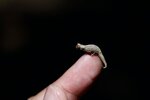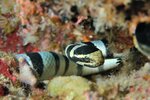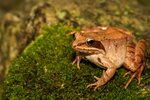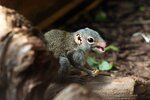01dragonslayer
Ripped
- Jacked Cash
- 482,776
The world wastes about 1 billion metric tons of food each year.
 Andrey_Popov/Shutterstock
Andrey_Popov/ShutterstockFood waste is a huge problem. How big? About 931 million metric tons. That's how much food that researchers with the United Nations estimate was wasted in 2019, according to the Food Waste Index Report 2021, which surveyed 54 countries, finding that the majority of wasted food (61%) comes from homes while restaurants and other food services produce 26% of wasted food. Grocery stores make up just 13% of food waste. If you need a pick-me-up, read through these 50 Feel-Good Facts Guaranteed to Make You Smile.




















